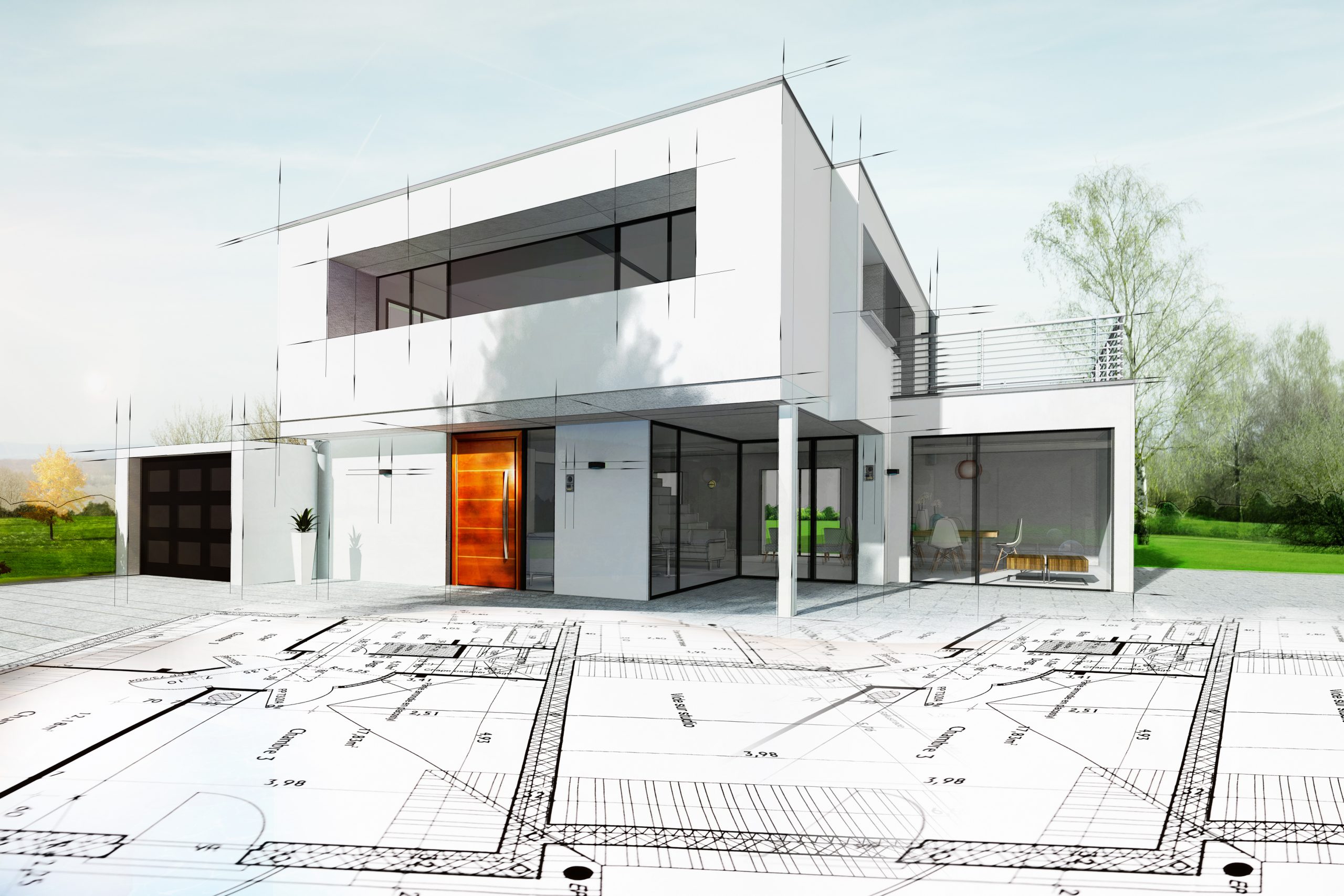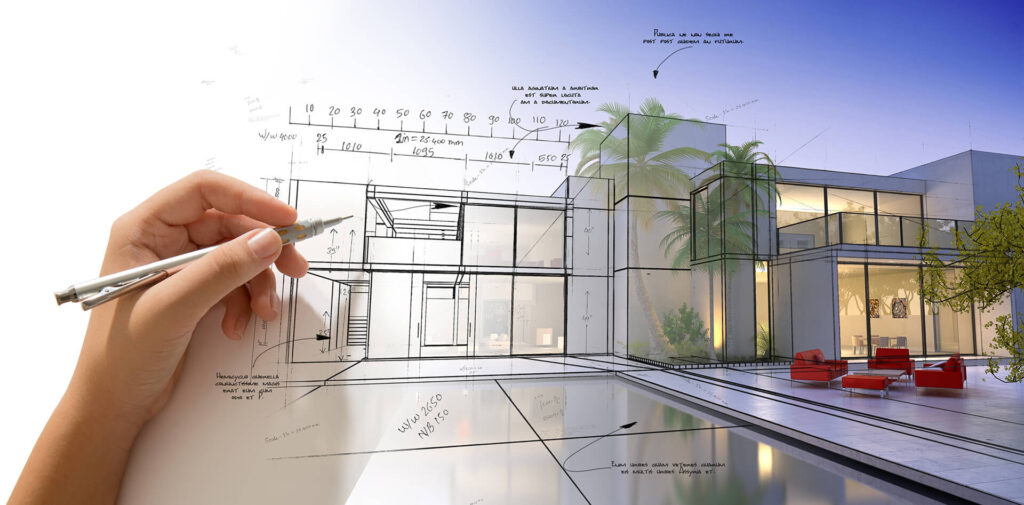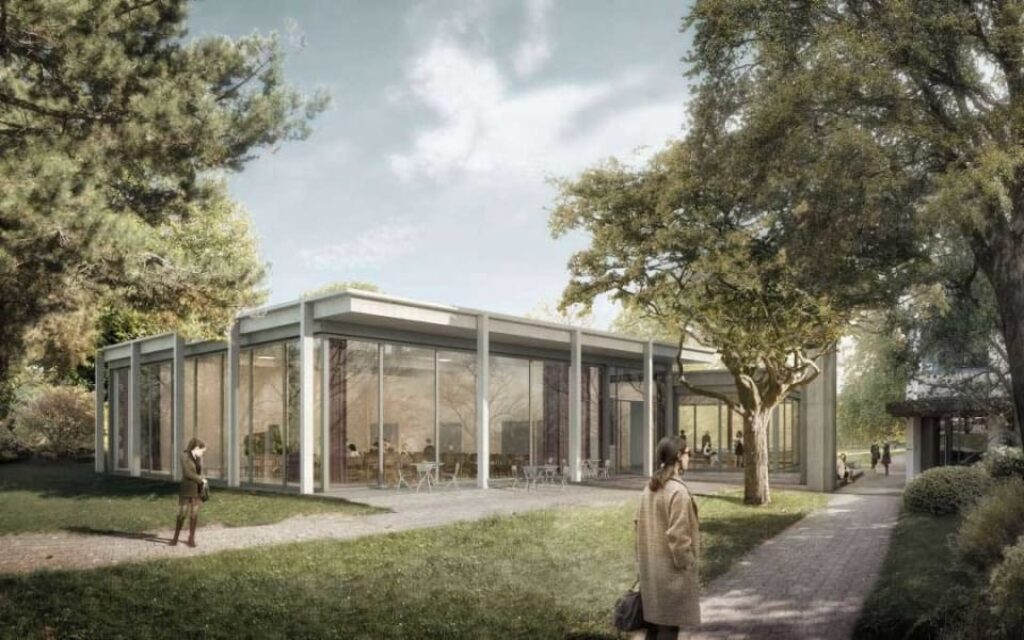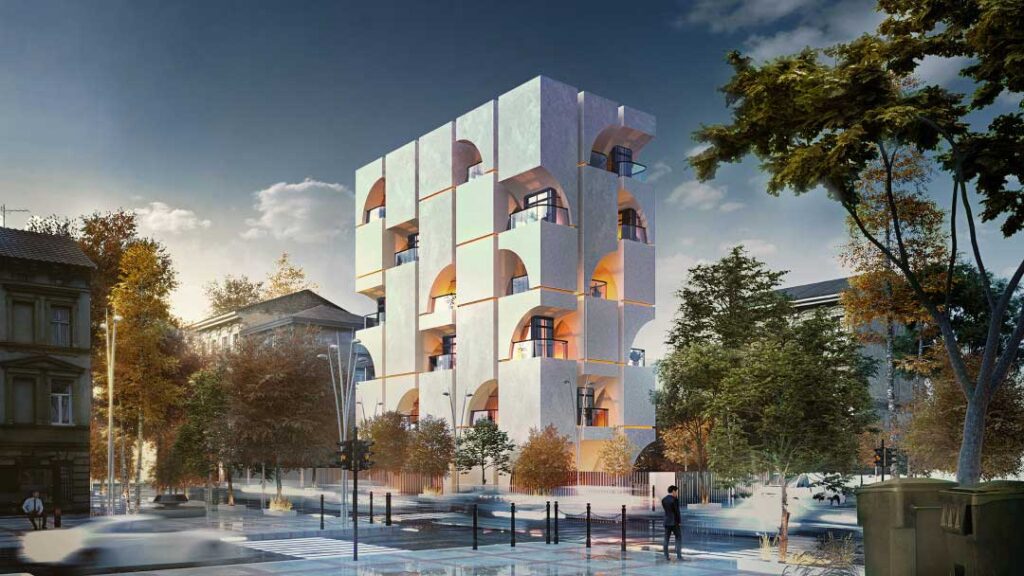
Architectural rendering has become an integral part of the design and presentation process in the field of architecture. With the advancements in technology and the ever-increasing demand for immersive visual experiences, architectural rendering continues to evolve and shape the way projects are communicated.
As we step into 2024, it is essential to explore the top trends that are expected to dominate the realm of architectural rendering. These trends not only reflect the cutting-edge capabilities of visualization tools but also address the changing needs and expectations of clients, architects, and other stakeholders involved in the architectural design process.
The field of architectural design is constantly evolving, shaped by technological advancements and creative innovation. A critical element in this development is architectural visualization, which plays an integral role in shaping how structures are designed, perceived, and constructed. Let’s explore the top trends in architectural rendering for 2024.
Table of Contents
Revolutionizing Architectural Visualization

Source: archicgi.com
Architectural visualization or rendering is the practice of creating three-dimensional (3D) models to visually represent architectural designs. This technique allows both architects and clients to see a realistic depiction of the project before construction begins, making it a vital tool in modern architecture.
Leading Trends in Architectural Rendering
The architectural visualization field is ever-evolving, with new trends emerging each year. For 2024, these are some of the key trends shaping the industry:
1. Virtual Reality (VR)
VR technology is enhancing architectural rendering by providing immersive experiences that allow clients to virtually walk through their projects. This technology is not only visually impressive but also aids in decision-making and identifying design alterations early in the process.
2. Augmented Reality (AR)
Similar to VR, AR blends the physical world with digitally-rendered objects, offering a unique visualization experience. AR can be used to superimpose a 3D model onto a real-world environment, providing a deeper understanding of how a structure will look upon completion.
3. Photorealistic Rendering
Rendering technologies have advanced to the point where 3D models can look indistinguishable from real-life structures. Photorealistic renderings are becoming a standard in the industry, offering a detailed and accurate representation of architectural designs.
The Impact of These Trends

Source: thefridmangroup.com
These trends are revolutionizing architectural visualization, allowing for:
- Improved Client Engagement – VR and AR technologies provide interactive experiences, fostering better communication and understanding between architects and clients.
- Better Design Quality – Photorealistic renderings facilitate the visualization of final products with a high level of detail, enhancing design quality and precision.
Excellence in Architectural Visualization

Source: easyrender.com
When it comes to realizing these trends, the choice of a professional 3D studio is crucial. render-vision.com stands out as a pioneer in this field, offering superior 3D architectural visualization services. Their proficiency in bringing architectural concepts to life through high-quality renderings positions them as an ideal choice for those looking to leverage the latest trends in architectural rendering.
As we move into 2024, the use of innovative technologies like VR, AR, and photorealistic rendering will continue to shape architectural visualization. By partnering with a reputable 3D studio such as render-vision.com, you can stay ahead of these trends, delivering impactful and engaging visual presentations of your architectural designs.







